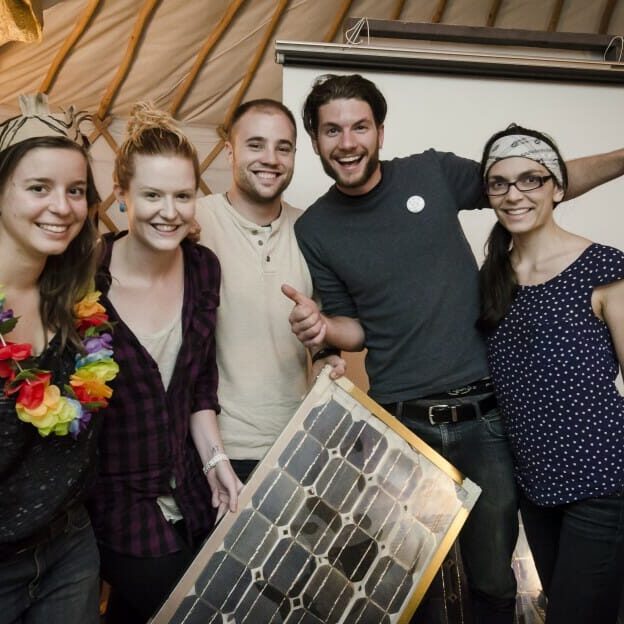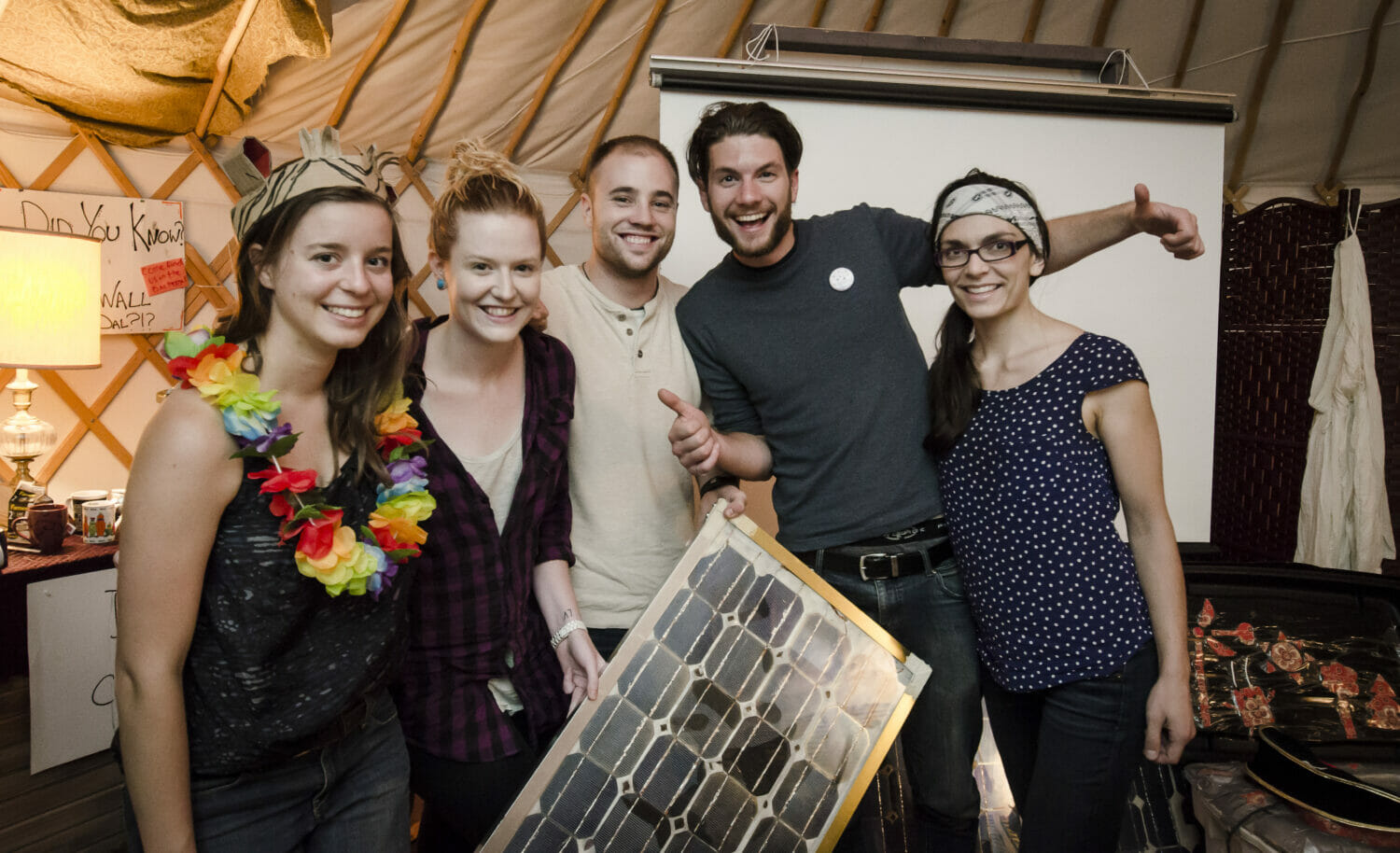
A group of students and alumni started the semester with a mission: get Dalhousie out of the fossil fuel business.
The Divest Dalhousie campaign wants to make the university’s $415 million endowment more transparent, and for Dal to sell its equity in the fossil fuel industry.
James Hutt is a member of the Halifax Environmental Justice Collective (HFXEJC), a working group of the Nova Scotia Public Interest Research Group (NSPIRG). HFXEJC is coordinating the campaign.
“Right now we’re in a moral crisis,” says Hutt. “The global consensus is that we need to keep global warming below two degrees celsius and right now we’re on track for six.”
Inspired by the work of 350.org, a non-profit started in 2008 which has since campaigned in 181 countries and spoken at the 2009 United Nations climate conference, Divest Dal believes that it “is wrong for an institution of higher education to profit from industries and projects that compromise future generations’ opportunities to lead socially and environmentally healthy lives.”
Similar movements have sprung up at over 300 other institutions, including small colleges and a private university with an endowment worth over $30 billion. They model themselves on the successful divestment movement of the 1960s, which targeted apartheid-era South Africa.
“By pulling our money out of these industries,” says Hutt, “we’re no longer giving them the social license that says it’s okay to profit from the destruction of the environment.”
Dal’s endowment was worth $415 million in March 2013, according to the most recent Dalhousie University Investment Committee’s (DUIC) report. Including Dal’s pension fund, the university holds over $1.3 billion in assets.
The university received over $18.5 million from the endowment in the 2012-2013 financial year, the bulk of which was spent on student assistance.
While the university has investment guidelines, they do not specify what industries the university ought to invest in, nor does the university disclose what assets it holds. HEJC hopes to see that change.
“One of the things we are calling for is transparency. We believe that the Dal community needs to know what they’re investing in. We need to know if we’re supporting major tar sands polluters or armament companies.”
Hutt says that divestiture is not just a moral duty for the university: he thinks it may be an opportunity. Alumni may be more eager to give to an institution that promises to invest ethically, for example. It also reinforces one of the university’s academic strengths: sustainability.
“This is an opportunity for the Dalhousie to become a true leader in sustainability; to become the sustainable university in Canada,” says Hutt.
Although the Divest Dal campaign was only launched in September, they have already met with Dal president Richard Florizone as part of his ‘100 Days of Listening.’
Hutt says the meeting went well. Florizone described the group on his blog as an “example of what’s great about Dal students,” and says that the administration will continue the discussion.
But—at least for the time being—it appears the university is committed to fossil fuels.
In the hopes of cutting carbon emissions, Dalhousie may directly invest. The university is considering spending $88 million to build its own natural gas power generation station on the Studley campus.
The university expects this move could shave a substantial amount off the school’s annual $7.5 million energy bill, and achieve a 25 per cent reduction in greenhouse gas emissions.







